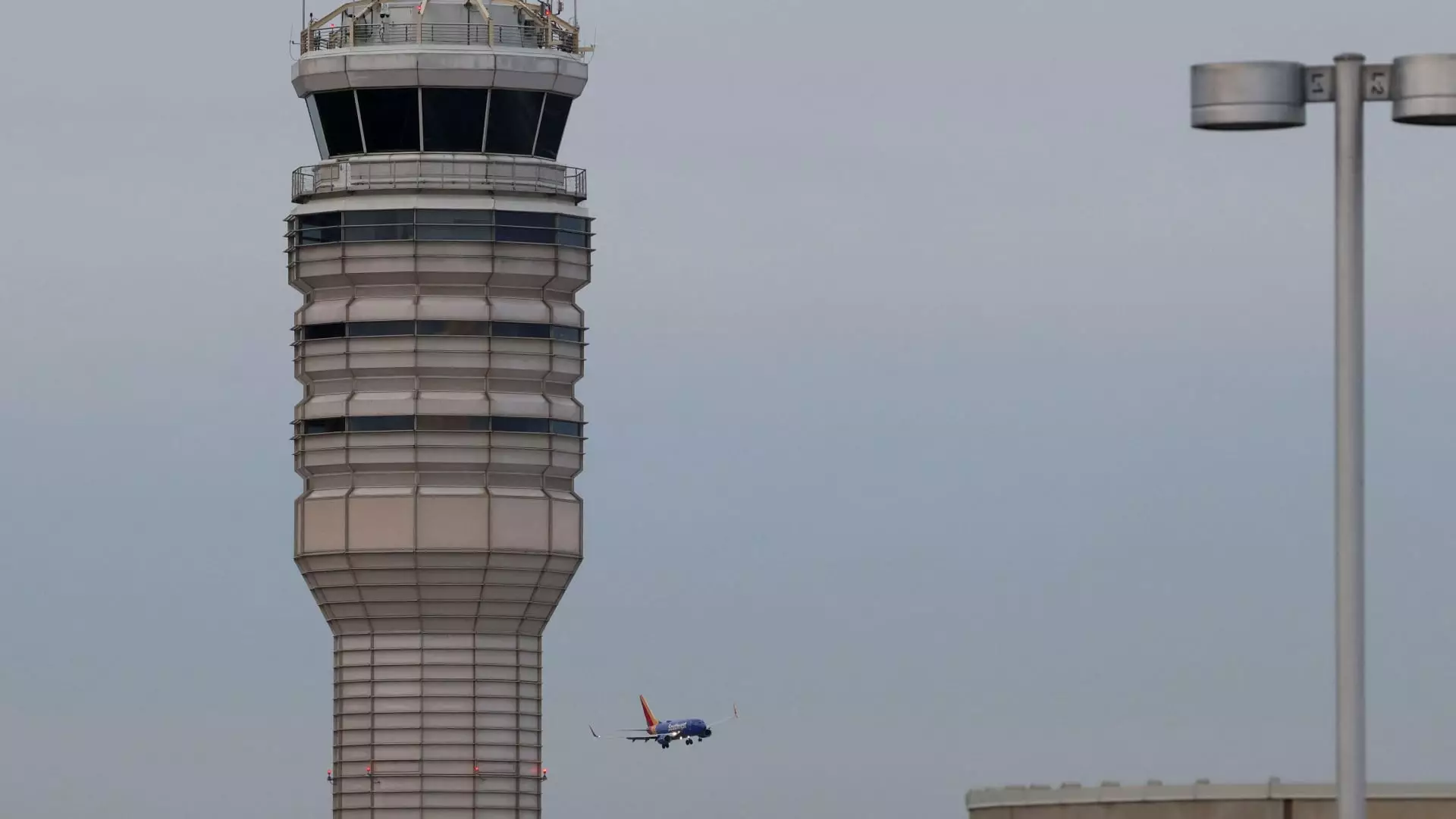In a significant move to enhance aviation safety, the Federal Aviation Administration (FAA) has announced new restrictions on helicopter traffic surrounding Ronald Reagan Washington National Airport, following a catastrophic collision involving an Army Black Hawk helicopter and an American Airlines jetliner earlier this week. This incident, which resulted in the loss of all personnel aboard both aircraft, marks a grim milestone in U.S. aviation history, being the deadliest airline crash since the year 2001 and the first commercial airline disaster in over 15 years.
Transportation Secretary Sean Duffy emphasized the need for these restrictions as a vital step towards restoring public confidence in the aviation system. By delineating a focused area for helicopter operations, the FAA aims to ameliorate safety concerns and implement a stringent framework for airspace management around one of the nation’s busiest airports. According to Duffy’s statement released via social media, the measure is intended to “secure the airspace near Reagan Airport,” underscoring the necessity for immediate action in the wake of such a grave incident.
Defining the Restricted Airspace
The designated airspace restrictions encompass a well-defined geographic region, including areas from Memorial Bridge to South Capitol Street Bridge and extending to Haines Point and Wilson Bridge, intentionally excluding the Tidal Basin. This demarcation serves to create distinct operational zones for helicopters, minimizing the risk of future conflicts with commercial air traffic. National Transportation Safety Board (NTSB) member Todd Inman elaborated on the structured nature of helicopter operations in the region during a briefing, indicating that helicopters typically transition through specified tracks. Such precision is critical in densely populated urban areas like Washington, D.C., where air traffic is frequent and complex.
The sequence of events leading to the tragic accident remains under thorough investigation, with key questions revolving around communication protocols, aircraft altitudes, and operational procedures at the air traffic control level. The American Eagle Flight 5342, a regional jet, was just seconds from a safe landing when it encountered the military helicopter, displaying the potentially catastrophic results of any lapses in protocol during high-stakes operations.
Responses from the Aviation Community
Following the accident, American Airlines CEO Robert Isom expressed gratitude to President Trump and Secretary Duffy for their prompt action in response to the tragic events. His remarks reflect a broader sentiment within the aviation industry about the need for continued vigilance and regulatory enhancements to prevent similar incidents. The aviation community is acutely aware of its responsibilities and the critical importance of public trust in securing both air travel and operational integrity.
As authorities continue their investigation into the specifics of the accident, the introduction of these helicopter traffic restrictions signifies a proactive stance toward aviation safety—one that aims to safeguard lives while maintaining the efficacy of air traffic operations. The tragic collision serves as a stark reminder of the critical importance of stringent regulations, clear communication, and adherence to operational protocols in aviation, particularly in high-traffic environments.

